General information
- Cartilage is an important structure that covers the ends of bones allowing them to glide over each other with minimal fraction.
- Cartilage injury can occur acutely as a result of a specific injury, chronic wear-and-tear, infection, or inflammatory arthritis such as rheumatoid arthritis.
- Cartilage has limited potential for regrowth and is a subject of intense research
Anatomy and Function
- Articular cartilage lines the surfaces of the thighbone (femur), shinbone (tibia), and kneecap (patella).
- Loss of cartilage predisposes to arthritis, a painful condition that results abnormal friction between the bones in the knee.
Causes
- Sports-related cartilage injury can be due to sudden injury or chronic wear and tear.
- Abnormal alignment of the knee bones may predispose cartilage injury.
- The type and extent of cartilage injury helps dictate treatment.
Symptoms
- Pain with walking or running (impact activities)
- Swelling
- Stiffness
- Popping, clicking, locking, catching
- Difficulty bending and straightening the knee
Diagnosis
- Physical examination is an important diagnostic tool. Dr. Taylor will evaluate your knee for alignment, areas of tenderness, amount of swelling, range of motion, evidence of abnormal laxity, and for co-existing injury of other structures in and around the knee
- X-ray is important to look for fractures, arthritis, and other bony abnormalities.
- MRI may be ordered to help aide in diagnosis and/or better evaluate some of the soft tissue structures in the knee that may have been injured as well
Cartilage Injury Grading
- The degree of cartilage injury is graded:
- Grade 1: cartilage is softened or blistering
- Grade 2: cartilage has visible tears/fraying
- Grade 3: cartilage has an injury extending more than 50% of its thickness
- Grade 4: cartilage has a full-thickness tear and the underlying bone is exposed
Treatment
Treatment of cartilage injury depends on the activity of the patient and type of injury
- Non-Surgical
- Rest, ice, compression, and elevation (RICE)
- Activity modification to avoid activities (high impact) that produce symptoms
- NSAIDs (i.e. aspirin or ibuprofen) reduce pain and swelling
- Physical therapy and rehabilitation can be used to strengthen the muscles around the knee to alleviate the forces transmitted to cartilage
- Surgical
- Surgical treatment may be needed for young and/or high demand patients, those with specific findings on examination and imaging studies, and those who have had recurrent knee pain/swelling after prolonged non-operative treatment.
- Surgery may be performed either arthroscopically through small poke-holes in the skin and a camera to allow maximal visualization of the knee’s internal structures, or through and open incision depending on the extent of injury.
- Numerous approaches for treating cartilage injury have been developed (i.e. chondroplasty, microfracture, osteochondral allograft transplantation, osteochondral autograft transfer, etc.) Dr. Taylor will discuss the most appropriate surgical option for you during the visit.


